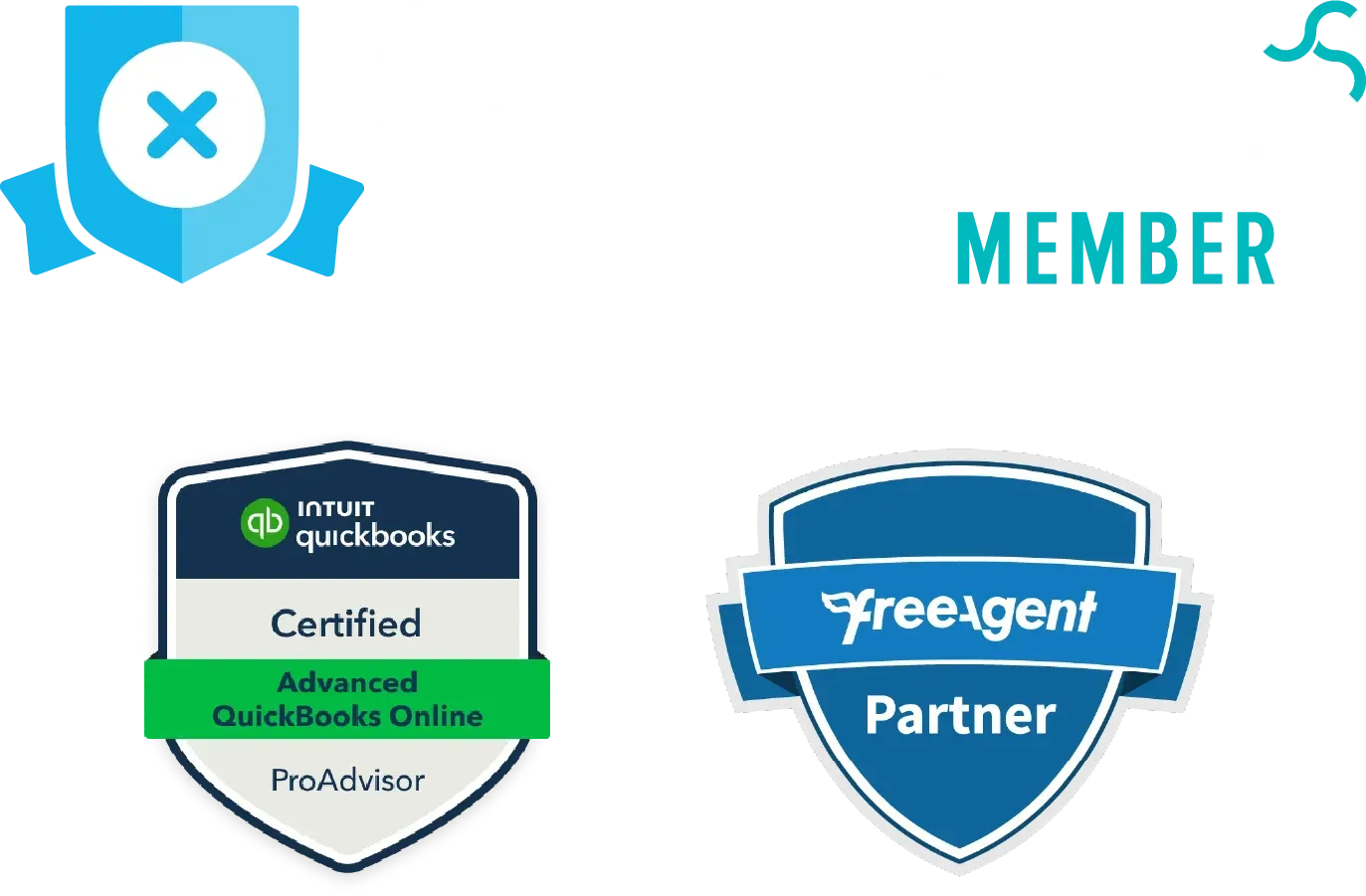Why “No VAT Receipt = No VAT Claim” Isn’t Always True
If you’ve ever been told “no VAT receipt means no VAT claim”, you might think that’s the end of the story. It’s a simple rule, and many bookkeepers follow it. But the truth is, it’s not quite what HMRC says.
Yes, a proper VAT invoice is the gold standard. It’s what HMRC expect, and it’s always my first request when I’m working on your accounts.
But HMRC’s own guidance makes it clear that in some cases, they’ll accept other proof — as long as it convincingly shows that VAT was paid to a genuine supplier for business purposes.
So if that invoice has gone missing, all may not be lost.
What Counts as “Other Proof”?
It could be things like:
- A supplier statement or delivery note
- Bank or card statements showing the payment
- Email confirmation from the supplier
What HMRC want to see is that:
- You actually received the goods or services.
- They were genuinely for your business.
- VAT was charged and paid.
If we can show that clearly, a claim can still go through — especially when there’s no suggestion of fraud.
Why This Matters for You
A blanket “no invoice, no claim” approach can mean you end up paying more VAT than you should.I prefer to take a more practical, case-by-case view: encouraging you to keep all the right documents, but also using my professional judgement when something’s missing.
That doesn’t mean being careless — it means understanding the rules well enough to make them work for you, without crossing any lines.
The Bottom Line
Losing a VAT invoice doesn’t always have to be a deal-breaker. With the right evidence and a careful approach, you may still be able to claim.
It’s about having someone on your side who knows the rules, knows the grey areas, and knows when it’s worth fighting your corner.
And that’s exactly how I work for my clients.
Quick Checklist: What to Keep for Your VAT Records
If you want to make VAT claims as smooth as possible, here’s what to hold on to:
- VAT invoices from your suppliers (paper or digital copies are fine)
- Till receipts showing VAT separately or marked “VAT receipt”
- Supplier statements (especially for regular accounts)
- Proof of payment — bank statements, card receipts, PayPal records
- Delivery notes or order confirmations
The more complete your records, the easier it is to claim — and the stronger the case if HMRC ever ask questions.
Tip: My clients use Dext to snap receipts on their phone or forward invoices straight from their email.
Everything lands in one secure place, ready for bookkeeping — no more crumpled paper or missing VAT details.

